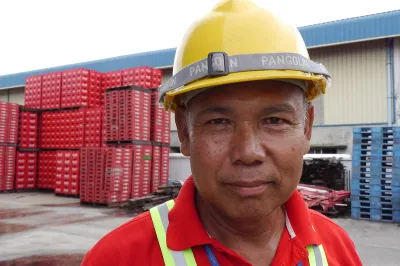Case Study
Reaching the Other 100 Million Poor in India: Case Studies in Urban Microfinance
This compilation of case studies discusses the challenges in urban microfinance
Download
120 pages
This document presents case studies of six prominent microfinance institutions (MFIs) operating in urban areas in India - Ujjivan, SEWA Bank, Working Women's Forum (WWF), Indian Bank's Microsate Branch, Village Welfare Society (VWS), and Sharada's Women's Association for Weaker Sections (SWAWS).The case studies examine:
- Innovative practices among these institutions, including strategies used for broad basing their clients;
- The array of financial services that they offer to the urban poor;
- The challenges and opportunities that remain in urban microfinance.
The studies provide an in-depth look at each institution and state that:
- The urban microfinance market is expanding and provides tremendous opportunity;
- To achieve significant outreach and volume, MFIs need support from the public sector through a favourable legal and regulatory framework;
- There is an array of microfinance models in India and no single model is appropriate for all environments;
- Innovative products and services that use a market-led approach are necessary to serve the urban poor;
- Offering a variety of products benefit urban MFIs by being able to offer good client services, increased outreach, diversified portfolios and reduced overall lending risks.
The study concludes that microfinance customers in India's cities want solutions to their problems, and if an institution is able to provide them with products and services that are affordable, convenient and secure, they will respond positively.
About this Publication
Published


